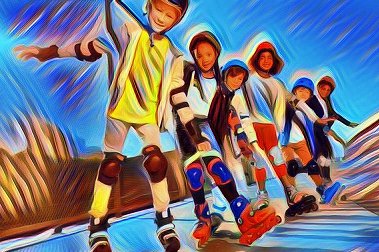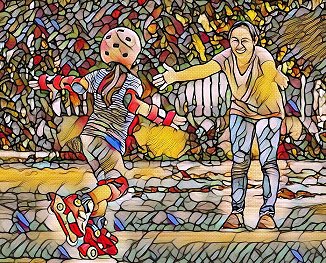When it comes to youth roller skates, there are two main categories: indoor and outdoor. While they may look similar at first glance, there are some key differences between the two that are important to consider before making a purchase.
Indoor youth roller skates are designed for use on smooth, flat surfaces such as indoor rinks or gymnasium floors. They typically feature harder and more durable wheels, allowing for quick turns and precise movements. Additionally, indoor skates often have a low-cut design that provides more ankle mobility and greater range of motion.
On the other hand, outdoor youth roller skates are built to handle rougher terrain such as sidewalks, streets, and asphalt. They typically feature softer wheels that provide more traction and shock absorption on uneven surfaces. Outdoor skates often have a high-cut design that provides greater ankle support and stability, helping to prevent injuries while navigating uneven terrain.
It's important to note that while indoor and outdoor skates are designed with different purposes in mind, many models are versatile enough to be used in both settings. If you're unsure which type of youth roller skate is best for your child's needs, consider factors such as their skating ability, the surfaces they'll be skating on, and any specific features or design elements that are important to them.
Ultimately, whether your child will be using their roller skates indoors or outdoors, it's important to choose a pair that fits well, offers adequate support and protection, and is appropriate for their skill level and intended use. With the right pair of youth roller skates, your child can enjoy hours of fun and exercise while developing their skating skills and confidence.








